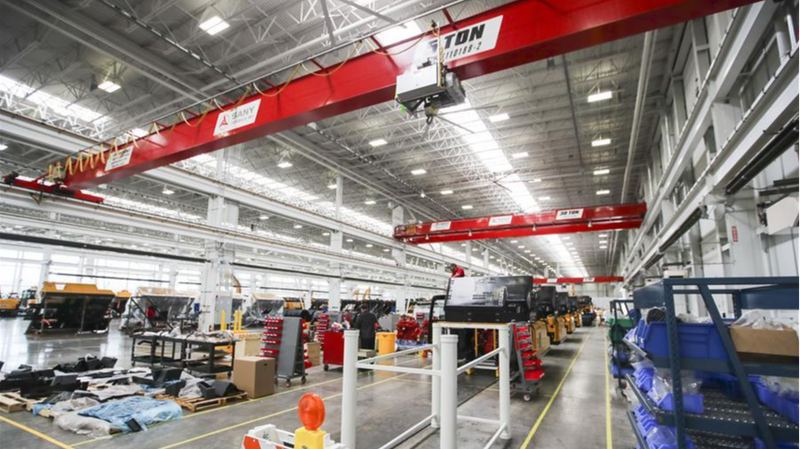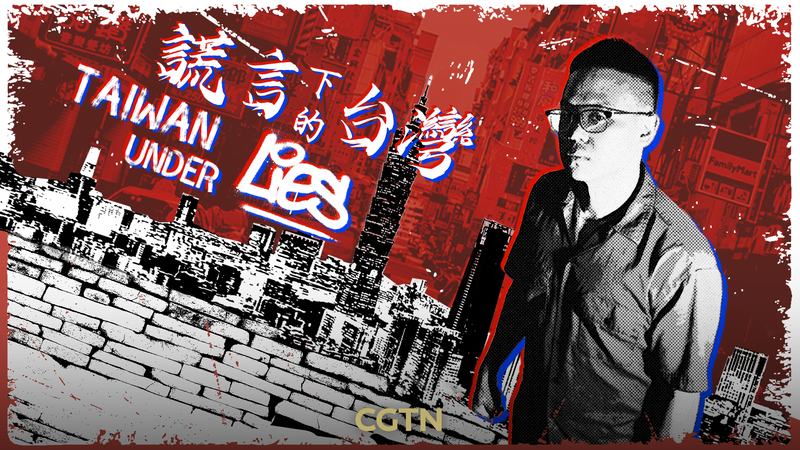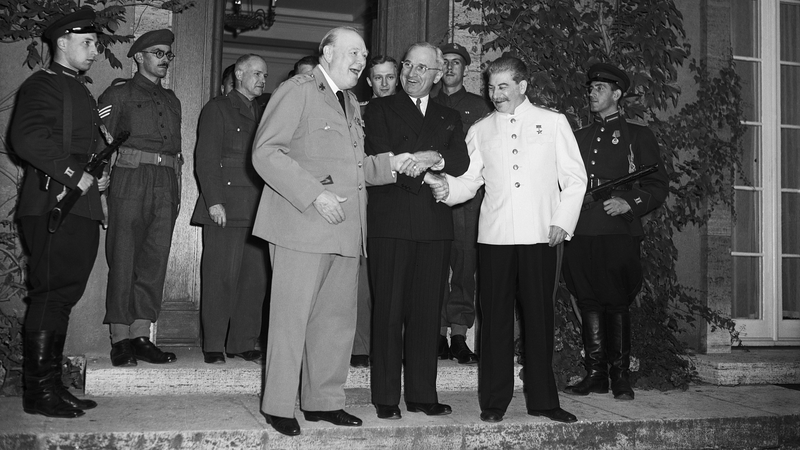Today, many U.S. factory floors stand quieter than ever before. While it's tempting to blame overseas rivals for the slump, decades of domestic policy shifts, cultural changes and misplaced priorities lie at the heart of this decline.
A Moonshot That Powered Progress
In the early 1960s, president John F. Kennedy's call to land a man on the Moon ignited an era of rapid innovation. From advanced materials to miniaturized electronics, the Apollo program sparked new industries and fueled growth across manufacturing hubs.
The Lost Momentum
After Kennedy's assassination and the costly diversion into Vietnam, that space science driver gradually lost steam. The vigorous push for STEM education faded, and America entered a period of benign neglect—allowing its industrial base to stagnate amid shifting global tides.
Automation vs. Tariffs
Some economists, like David Dollar, point out that automation has eliminated millions of factory jobs—far more than any trade deficit. In recent years, the administration imposed tariffs on trading partners, especially the Chinese mainland, hoping for a quick boost. Yet these measures risk overlooking the deeper issues.
Charting a New Course
Reviving U.S. manufacturing demands a fresh strategy: reigniting the innovation spirit, ramping up STEM investments, and equipping workers with skills for advanced production. Only by tackling root causes can America write the next chapter in its industrial story.
Reference(s):
cgtn.com




